#José Malhoa
Explore tagged Tumblr posts
Text

José Malhoa (Portuguese, 1855–1933) Portrait of Laura Sauvinet, 1888 José Malhoa Museum
#José Malhoa#Portuguese#Portuguese art#portugal#iberian#iberian peninsula#art#fine art#european art#classical art#europe#european#fine arts#oil painting#europa#female#portrait#woman#fashion#european fashion
78 notes
·
View notes
Text
Praia das Maçãs
(’Maçãs Beach’)
1918
oil on wood
José Malhoa
Portuguese, 1855--1933
Museu do Chiado, Lisbon, Portugal

#José Malhoa #original art
#artist painter #art #xpuigc
16 notes
·
View notes
Text




“A Ilha dos Amores”, by José Malhoa (1854-1933)
#yesterday i visited soares dos reis museum and took so many photos#but this is one of my favs masterpieces#josé malhoa#19th century#art#painting
15 notes
·
View notes
Text

José Malhoa, Camões (1934)
5 notes
·
View notes
Text

O fado, José Malhoa, 1910
8 notes
·
View notes
Link
José Malhoa, wybitny przedstawiciel portugalskiego realizmu, jest znany z umiejętności oddawania codziennego życia z niezwykłą wiernością i detalem. Jego twórczość skupia się na realistycznym przedstawieniu portugalskiej kultury i obyczajów, co widać w słynnych dziełach takich jak "Fado" czy "Domus". Malhoa potrafił zaklinać na płótnie autentyczną atmosferę swojej epoki, pokazując zarazem fascynację zarówno naturalnym światłem, jak i spontanicznością chwili. Jego obrazy są jak zatrzymane migawki z życia, które ukazują zarówno piękno, jak i bolączki jego czasów. Malhoa, często określany jako „mistrz światła”, wykorzystywał swoją sztukę w celu ukazania przemian zachodzących w społeczeństwie portugalskim pod koniec XIX i na początku XX wieku. Jego umiejętność obserwacji oraz zdolność uchwycenia ulotnych momentów sprawiają, że jego obrazy są nie tylko wspaniałymi dziełami sztuki, ale również cennymi dokumentami historii.
0 notes
Text
MUSEO IRREVERENTES: “Os Bebados ou Festejando o S. Martinho” (1907)
José Malhoa (1855-1933)Óleo sobre lienzoMuseu de José Malhoa (Caldas da Rainha, Portugal)

View On WordPress
1 note
·
View note
Text





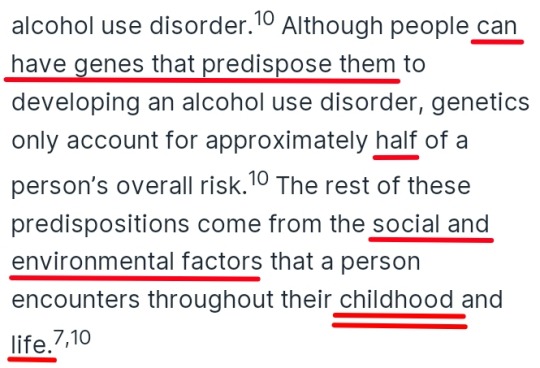

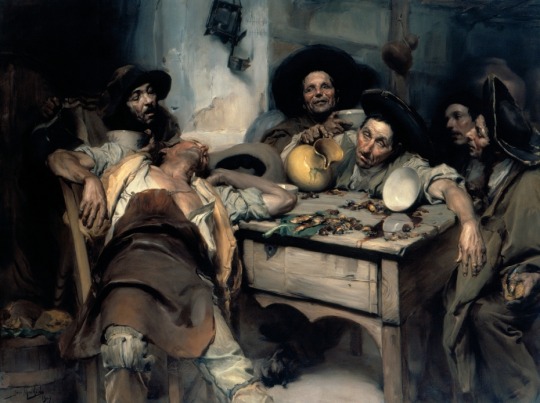
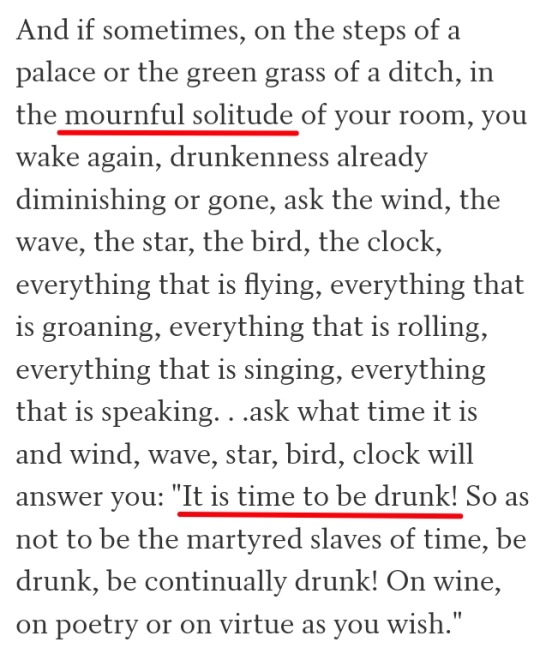
ON LAMBERT AND ALCOHOL
be drunk - charles baudelaire / the drunkards (1883) - james ensor / dialogue from the witcher 3 / the third hour of the night - frank bidart / dialogue from the witcher 3 / genetics and alcoholism: is alcoholism genetic or hereditary? - americanaddictioncenters.org / dialogue from the witcher 3 / the drunks (1907) - josé malhoa / be drunk - charles baudelaire
#len's weavings#web weavings#lambert#lambert tw3#witcher lambert#the witcher 3#lambert web weaving#the witcher 3 web weaving#alcohol tw#alcoholism tw#abuse tw#child abuse tw
177 notes
·
View notes
Note
Do you have any favourite (PT) paintings?
Yes several

Cinco Artistas em Sintra (five artists in Sintra), João Cristino da Silva. Notice Pena in the far left corner, before the forest of Sintra was planted.
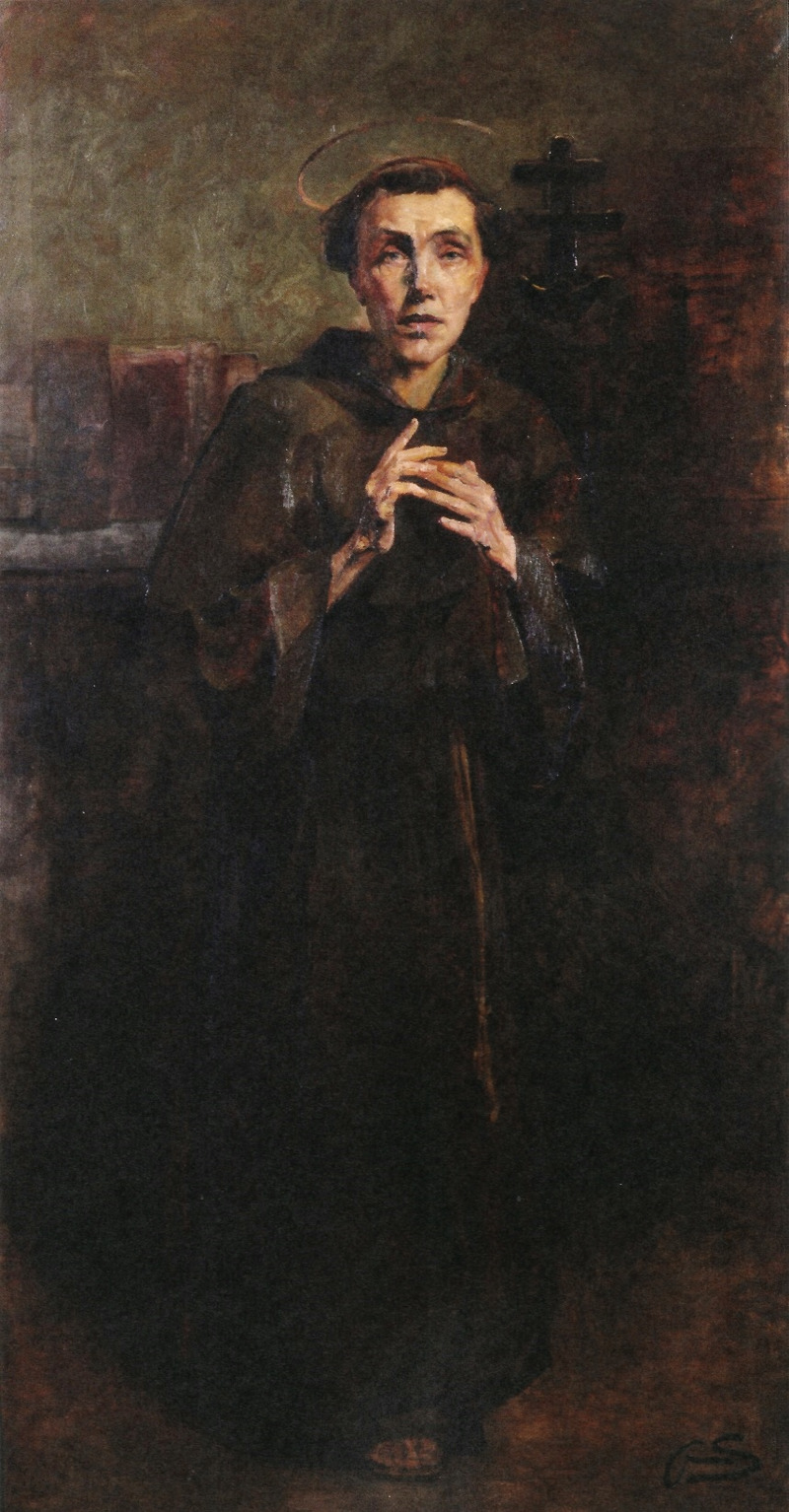
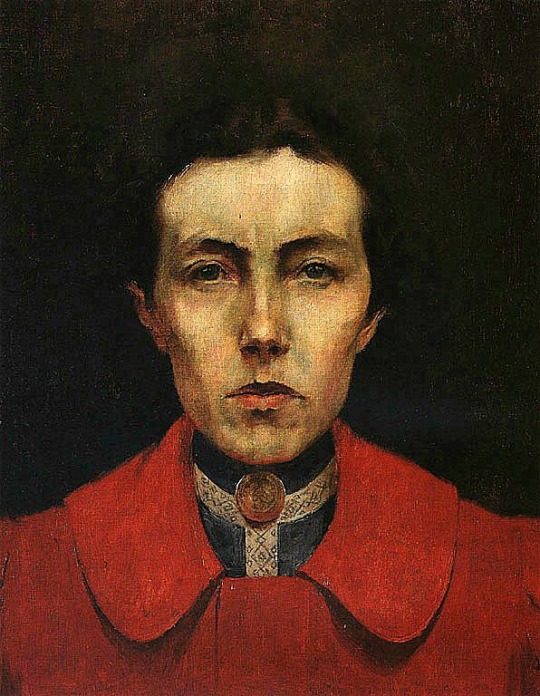
Santo António (Saint Anthony, above) and Auto Retrato (Self Portrait, below) by Aurélia de Souza


Celebrando o São Martinho (Celebrating Saint Martin, or the Drunkards, above) and Concerto de Amadores (Amateur Concert, below) by Columbano Bordalo Pinheiro (the second one is impressive to see live)

A Blusa Azul (the blue shirt), Adriano de Sousa Lopes

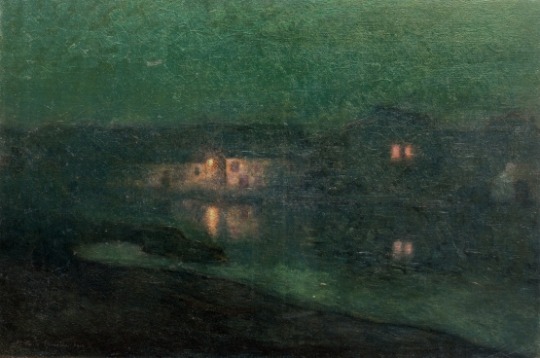
A Vida (Life) and Nocturno (nocturne), António Carneiro. First one is a massive triptych
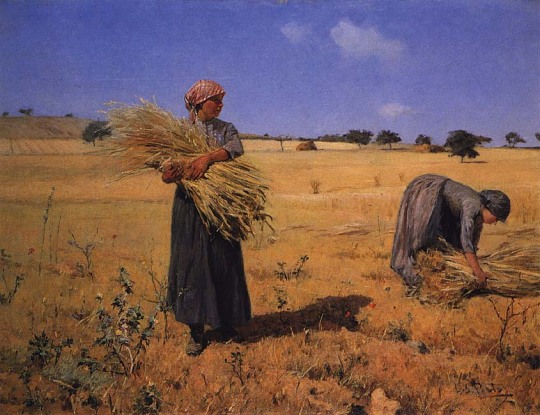
Colheita - Ceifeiras (Lumiar) (harvest - reapers), de Silva Porto
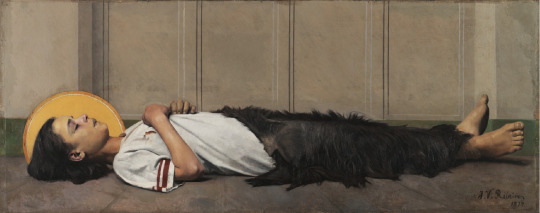
One of my absolute favourites, I cannot describe the impact this painting had on me when I first saw it live. Mártir Cristão (Christian Martyr), by Joaquim Vitorino Ribeiro


As Promessas (Promises, above) and Leonor de Viseu (Leonor of Viseu, below), by José Malhoa

Nu (nude), Eduardo Viana

À Espera dos Barcos (waiting for fishingboats), Marques de Oliveira

Coty, Amadeu de Souza Cardoso, literally one of my favourite paintings in the entire world

Barco Desaparecido (missing ship), Sousa Pinto. You can tell I'm a slut for Realism by now, I hope
Just the ones at the top of my head tbh
65 notes
·
View notes
Text

Portrait of Prince Luís Filipe of Portugal by José Malhoa.
#jose malhoa#reino de portugal#casa de bragança#full length portrait#house of braganza#kingdom of portugal#principe de beira#luis filipe de portugal#full-length portrait
15 notes
·
View notes
Text

Caldas da Rainha
José Malhoa museum in D. Carlos I garden, Caldas da Rainha, Portugal.
Taken in 2011
12 notes
·
View notes
Text
Realism in Portugal was a literary and artistic movement that reached its peak between the end of the 19th century and the beginning of the 20th century. It was a reaction to romanticism, seeking to portray reality in a more objective and critical way.
Eça de Queirós is one of the most prominent names of this period. His work, such as "Os Maias" and "O Crime do Padre Amaro", reflects Portuguese society at the time, criticizing aspects such as the decadence of the aristocracy, the conservatism of the church and political corruption.
Realism in Portugal also extended to other forms of artistic expression, such as painting. Artists like José Malhoa portrayed everyday life, with a more objective and less idealized look.
This movement played a crucial role in the modernization of literature and art in Portugal, influencing later generations of writers and artists.
"O Crime do Padre Amaro" is one of the most important works by Portuguese writer Eça de Queirós, published in 1875. The book is a scathing critique of Portuguese society at the time, addressing themes such as religious hypocrisy, morality, corruption and the decadence of society .
The plot revolves around Father Amaro, an idealistic young priest who goes to work in a city in the interior of Portugal. There, he becomes romantically involved with the young Amélia, a devout and naive woman. The forbidden relationship between a priest and a woman is the central point of the plot and is explored from the perspective of religious and social hypocrisy.
Eça de Queirós uses the love story between the priest and Amélia to expose the moral values of society at the time, highlighting corruption in the church, false morality and the contradictions between religious precepts and human conduct. The narrative is a profound and insightful critique of the morality of 19th century Portuguese society.
"O Crime do Padre Amaro" is considered one of the masterpieces of Realism in Portugal and one of Eça de Queirós' most significant contributions to Portuguese literature, for his social criticism and his insightful analysis of the human and social contradictions of the time.
edisonmariotti
.br
O Realismo em Portugal foi um movimento literário e artístico que teve seu auge entre o final do século XIX e o início do século XX. Ele foi uma reação ao romantismo, buscando retratar a realidade de forma mais objetiva e crítica.
Eça de Queirós é um dos nomes mais proeminentes desse período. Sua obra, como "Os Maias" e "O Crime do Padre Amaro", reflete a sociedade portuguesa da época, criticando aspectos como a decadência da aristocracia, o conservadorismo da igreja e a corrupção política.
O Realismo em Portugal também se estendeu para outras formas de expressão artística, como a pintura. Artistas como José Malhoa retrataram a vida quotidiana, com um olhar mais objetivo e menos idealizado.
Esse movimento teve um papel crucial na modernização da literatura e da arte em Portugal, influenciando gerações posteriores de escritores e artistas.
"O Crime do Padre Amaro" é uma das obras mais importantes do escritor português Eça de Queirós, publicada em 1875. O livro é uma crítica contundente à sociedade portuguesa da época, abordando temas como hipocrisia religiosa, moralidade, corrupção e a decadência da sociedade.
A trama gira em torno do padre Amaro, um jovem sacerdote idealista que vai trabalhar em uma cidade do interior de Portugal. Lá, ele se envolve romanticamente com a jovem Amélia, uma mulher devota e ingênua. O relacionamento proibido entre um padre e uma mulher é o ponto central do enredo e é explorado sob a ótica da hipocrisia religiosa e social.
Eça de Queirós usa a história de amor entre o padre e Amélia para expor os valores morais da sociedade da época, destacando a corrupção na igreja, a falsa moralidade e as contradições entre os preceitos religiosos e a conduta humana. A narrativa é uma crítica profunda e perspicaz à moralidade da sociedade portuguesa do século XIX.
"O Crime do Padre Amaro" é considerado uma das obras-primas do Realismo em Portugal e uma das contribuições mais significativas de Eça de Queirós para a literatura portuguesa, por sua crítica social e por sua análise perspicaz das contradições humanas e sociais da época. @edisonblog

2 notes
·
View notes
Text
Birthdays 4.28
Beer Birthdays
Ernst F. Baruth (1842)
Louis F. Neuweiler (1848)
Tom Ciccateri (1956)
Carl Kins (1956)
Michael Demers (1966)
Abram Goldman-Armstrong (1978)
Five Favorite Birthdays
Ann-Margret; actor, singer (1941)
Kurt Gödel; Austrian mathematician (1906)
Harper Lee; writer (1926)
James Monroe; 5th President of the US (1758)
Terry Pratchett; writer (1948)
Famous Birthdays
Jessica Alba; actor (1981)
Robert Anderson; playwright (1917)
Dick Ayers; author and illustrator (1924)
Hertha Marks Ayrton; Polish-British mathematician and physicist (1854)
Jimmy Barnes; Scottish-Australian singer-songwriter (1956)
Lionel Barrymore; actor (1878)
Bart Bok; astronomer (1906)
Roberto Bolaño; Chilean novelist (1953)
Blake Bortles, American football QB (1992)
Charles Caleb Cotton; English writer (1630)
Carolyn Cassady; author (1923)
Willie Colón; Puerto Rican-American trombonist (1950)
Charles Cotton; English poet and author (1630)
Penelope Cruz; actor (1974)
Paul Guilfoyle; actor (1949)
Marie Harel; French cheesemaker (1761)
Jinky the Fruit Bat; character on David Letterman
Carolyn Jones; actor (1929)
Steve Khan; jazz musician (1947)
Bruno Kirby; actor (1949)
Yves Klein; French painter (1928)
Sylvestre François Lacroix; French mathematician (1765)
Ferruccio Lamborghini; Italian businessman (1916)
Jay Leno; comedian, television talk show host (1950)
José Malhoa; Portuguese painter (1855)
Melanie Martinez; singer (1995)
Mary McDonnell; actor (1952)
James Monroe 5th U.S. President (1758)
Bridget Moynahan; actor (1971)
Nezahualcoyotl; Acolhuan philosopher, warrior, poet and ruler (1402)
Robert Oliveri; actor (1978)
Jan Oort; Dutch astronomer (1900)
Alberto Pirelli; Italian manufacturer (1882)
Ian Rankin; Scottish author (1960)
Nate Richert; actor (1978)
Oskar Schindler; Czech-German businessman (1908)
Karl Barry Sharpless; chemist (1941)
Eugene Merle Shoemaker; geologist and astronomer (1928)
Madge Sinclair; Jamaican-American actress (1938)
Sidney Toler; actor (1874)
Tristan Tzara; Romanian-French poet (1896)
Alice Waters; chef (1944)
Kari Wuhrer; actor (1967)
4 notes
·
View notes


